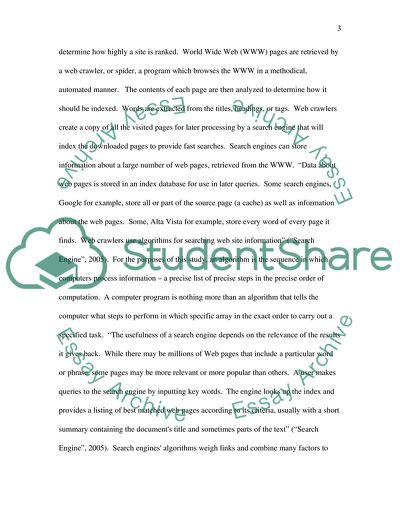Cite this document
(“How to Achieve Top Search Engine Positioning Essay”, n.d.)
Retrieved from https://studentshare.org/information-technology/1535483-how-to-achieve-top-search-engine-positioning
Retrieved from https://studentshare.org/information-technology/1535483-how-to-achieve-top-search-engine-positioning
(How to Achieve Top Search Engine Positioning Essay)
https://studentshare.org/information-technology/1535483-how-to-achieve-top-search-engine-positioning.
https://studentshare.org/information-technology/1535483-how-to-achieve-top-search-engine-positioning.
“How to Achieve Top Search Engine Positioning Essay”, n.d. https://studentshare.org/information-technology/1535483-how-to-achieve-top-search-engine-positioning.


